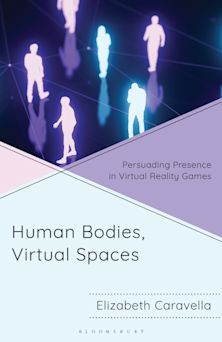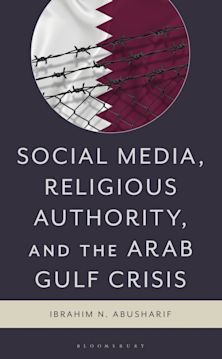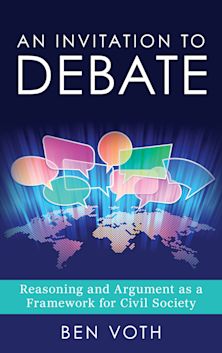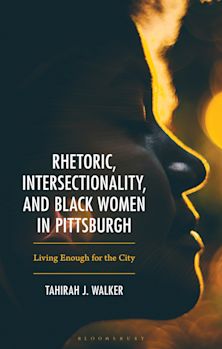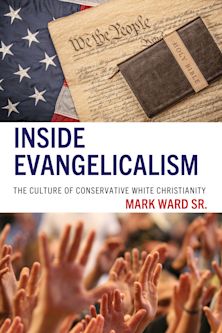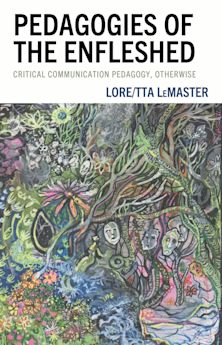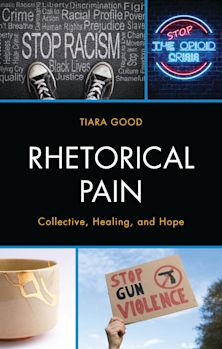- Home
- ACADEMIC
- Communication Studies
- Rhetoric
- Rhetorics for Community Action
You must sign in to add this item to your wishlist. Please sign in or create an account
Description
Rhetorics for Community Action: Public Writing and Writing Publics, by Phyllis Mentzell Ryder, offers theory and pedagogy to introduce public writing as a complex political and creative action. To write public texts, we have to invent the public we wish to address. Such invention is a complex task, with many components to consider: exigency that brings people together; a sense of agency and capacity; a sense of how the world is and what it can become. All these components constantly compete against texts that put forward other public ideals-opposing ideas about who really has power and who really can create change. Teachers of public writing must adopt a generous response to those who venture into this arena.
Some scholars believe that to prepare students for public life, university classes should partner with grassroots community organizations, rather than nonprofits that serve food or tutor students. They worry that a service-related focus will create more passive citizens who do not rally and resist or grab the attention of government leaders or corporations. With carefully contextualized study of an after-school arts program, an area soup kitchen, and parks organizations, among others, Ryder shows that many so-called "service" organizations are not passive places at all, and she argues that the main challenge of public work is precisely that it has to take place among all of these compelling definitions of democracy.
Ryder proposes teaching public writing by partnering with multiple community nonprofits. She develops a framework to help students analyze how their community partners inspire people to action, and offers a course design that support them as they convey those public ideals in community texts.
But composing public texts is only part of the challenge. Traditional newspapers and magazines, through their business models and writing styles, reinforce a dominant role for citizens as thinking and reading, but not necessarily acting. This civic role is also professed
Table of Contents
Chapter 2 Acknowledgments
Chapter 3 Table of Contents
Chapter 4 List of Figures
Chapter 5 Chapter 1: Introduction
Chapter 6 Chapter 2: Publics Worth Studying
Chapter 7 Chapter 3: Public Writing with Community Organizations
Chapter 8 Chapter 4: The Public of Traditional Media: Circulating Deliberative Conversations
Chapter 9 Chapter 5: Counterpublics: Beyond Deliberative Conversation
Chapter 10 Chapter 6: Circulating Counterpublic Rhetoric
Chapter 11 Chapter 7: Publics 2.0: Public Formation through Social Networking
Chapter 12 Chapter 8: Teaching Public Writing in Academic Settings
Chapter 13 Appendix 1: Some Practical Guidelines
Chapter 14 Appendix 2: Sample Writing Assignments
Chapter 15 Appendix 3: Sample Community Partner Profiles
Chapter 16 References
Product details
| Published | Jul 10 2012 |
|---|---|
| Format | Ebook (Epub & Mobi) |
| Edition | 1st |
| Extent | 325 |
| ISBN | 9780739137680 |
| Imprint | Lexington Books |
| Series | Cultural Studies/Pedagogy/Activism |
| Publisher | Bloomsbury Publishing |
About the contributors
Reviews
-
Rhetorics for Community Action is uniquely positioned in the untapped intellectual space between public-writing theory and service learning pedagogy. It is the only book I know of that offers such a cogent and detailed analysis of nonprofit community organizations-and their acts of public writing-as sites of rhetorical and ideological struggle. The many connections between community and classroom in this book are seamless and utterly essential. Rhetorics for Community Action keeps at its core a desire to make the many 'publics' in which Phyllis Mentzell Ryder and her students work better places. It is that clear but quiet sense of justice-along with its theoretical sharpness-that makes this book vital for anyone involved in public rhetoric, public writing or service learning. I think anyone contemplating a service-learning connection in a writing course should be required to read it.
Paula Mathieu, Boston College
-
An imporant reminder-and nuanced analysis-of the possibilities and pitfalls of what can happen when we take public writing as the central mission of our pedagogy and profession.
Steve Parks, Syracuse University
-
There aren't many times I could honestly say that I had trouble putting an academic book down, but that has been the case with Rhetorics for Community Action. In it, Ryder asks us to rethink both how we talk about public rhetoric and what we mean when we say we are preparing writers for an active role in a democratic society. Whose democracy? Which public? What action? Ryder does not offer simple answers. Instead she asks readers to re-examine their own reasons for and uses of public rhetoric in the writing class. Hers is an important book, one I believe every scholar of Public Rhetoric needs to read.
Diana George, Virginia Tech
-
Ryder is an astute guide to the theory and politics of public writing. First she gives us an intellectual framework for locating our own pedagogy within competing visions of democracy and the discourse of public work each privileges. Then she demonstrates a new way to read the public discourse of nonprofits, counterpublics, journalism, and new media-from the grounded perspective of community action and the rhetorical challenges of the homeless shelters, soup kitchens, and youth centers where students volunteer. In Phyllis Ryder's engaged pedagogy, it is asking why that leads a writer to how as she draws us into this expansive, unruly world of public writing.
Linda Flower, Carnegie Mellon
-
After looking at this book's table of contents, this reviewer headed straight for the appendixes, which offer practical guidelines and writing assignments, to see whether Ryder (George Washington Univ.) attaches to her theories surrounding the politics of public writing something the public can actually use. Answer: yes!--and not just in that supplemental material at the back of the book. To be sure, Ryder's explorations of some issues could be more succinct, but one is not likely to protest because she brings a range of experiences and resources to her analysis of the rhetorical challenges inherent in the leap from academic to public writing. Ryder urges her readers to think carefully about how they approach public action, and her suggestions about how to do that make sense. Throughout, she is articulate and engaging. The argument is not for everyone, though. For the most part, the author aims her rationale and methodology for preparing students in the classroom to communicate with the community at those who direct service-learning programs, certainly a growing audience but a relatively targeted one nonetheless. Recommended. Graduate students, researchers, professionals.
Choice Reviews
-
Ryder undertakes to offer a “useful theory of how people come together to form publics and the rhetorical moves they draw on in their public writing” (12), with “writing” defined broadly to include not just articles and speeches but, for example, tweets and social protests, both of which are specifically addressed in the book.
Rhetoric Review











